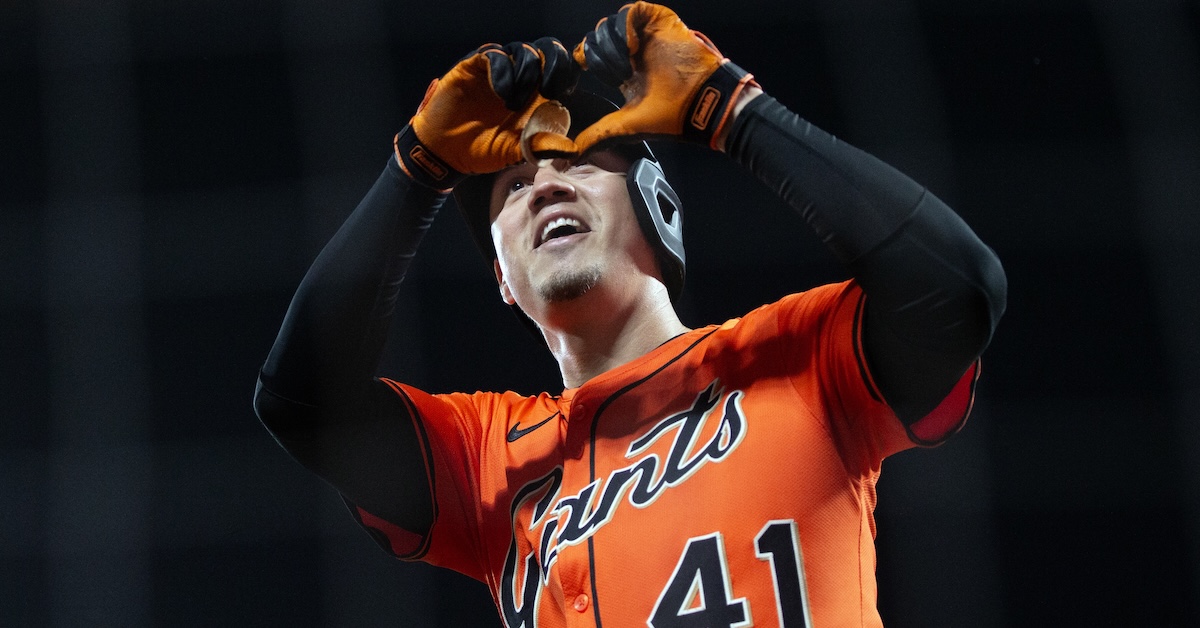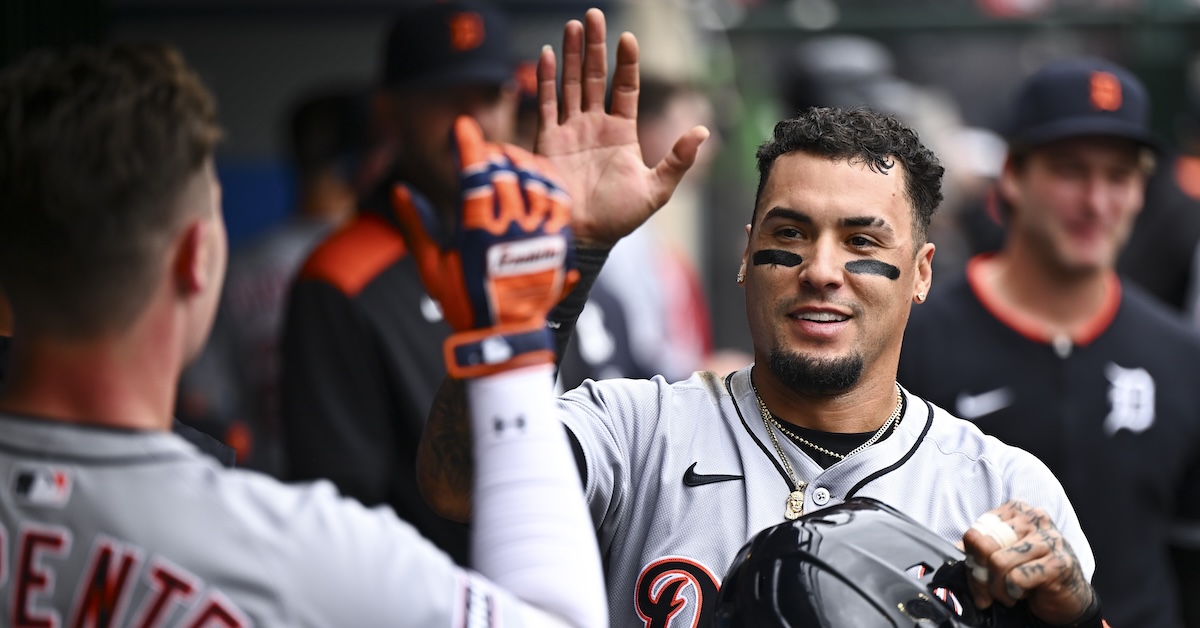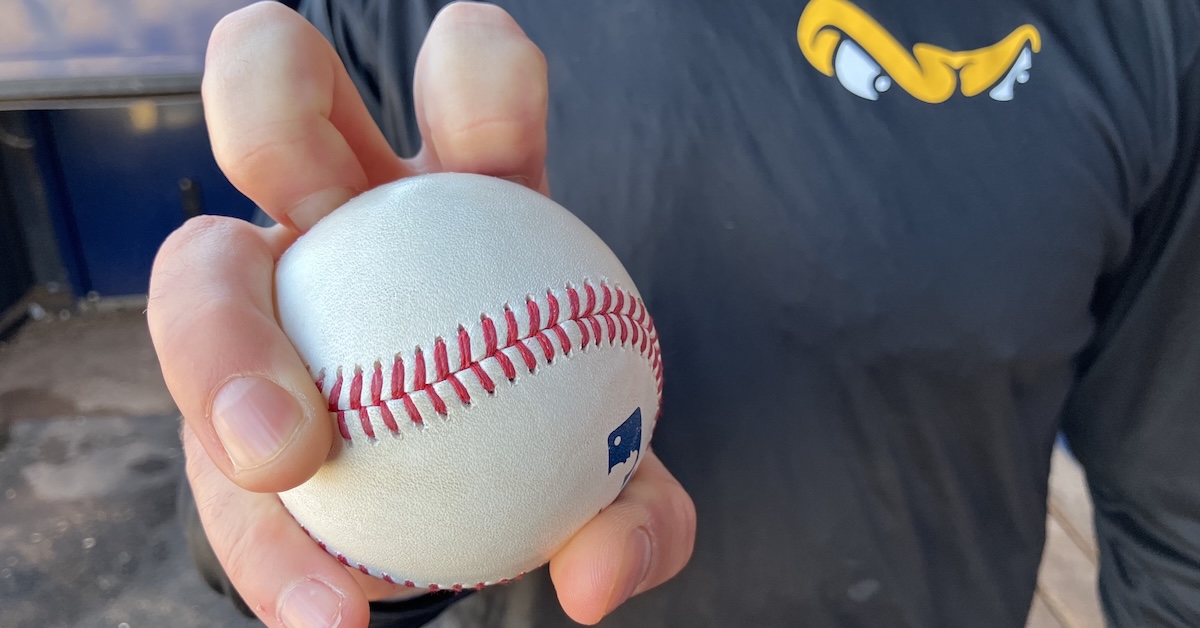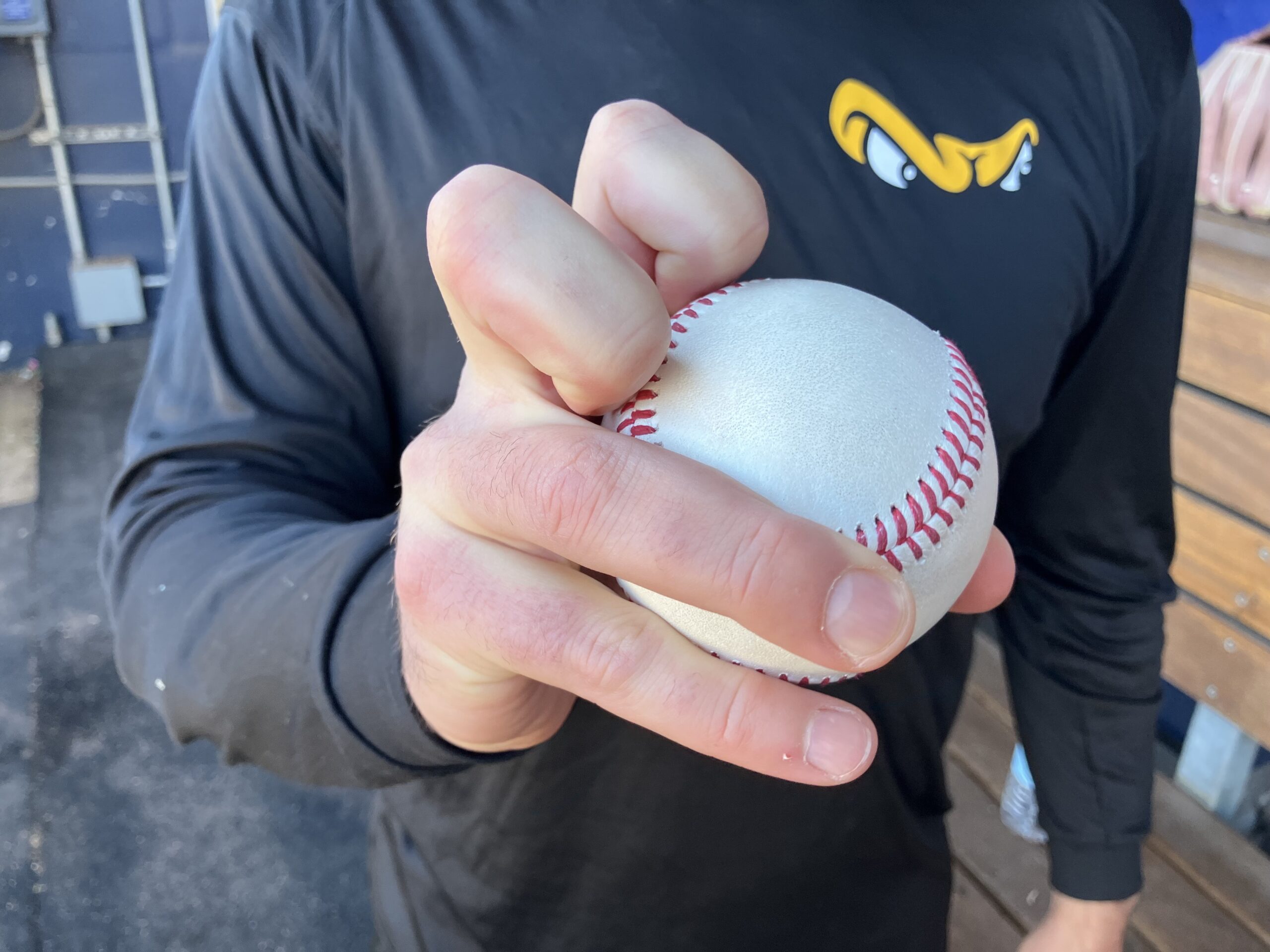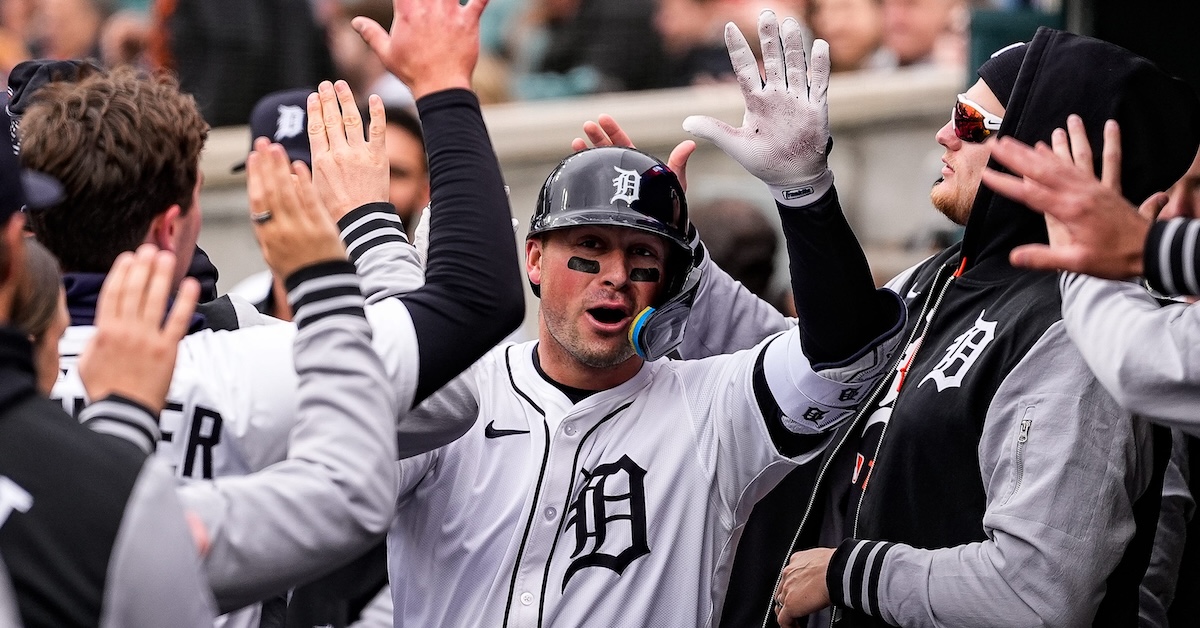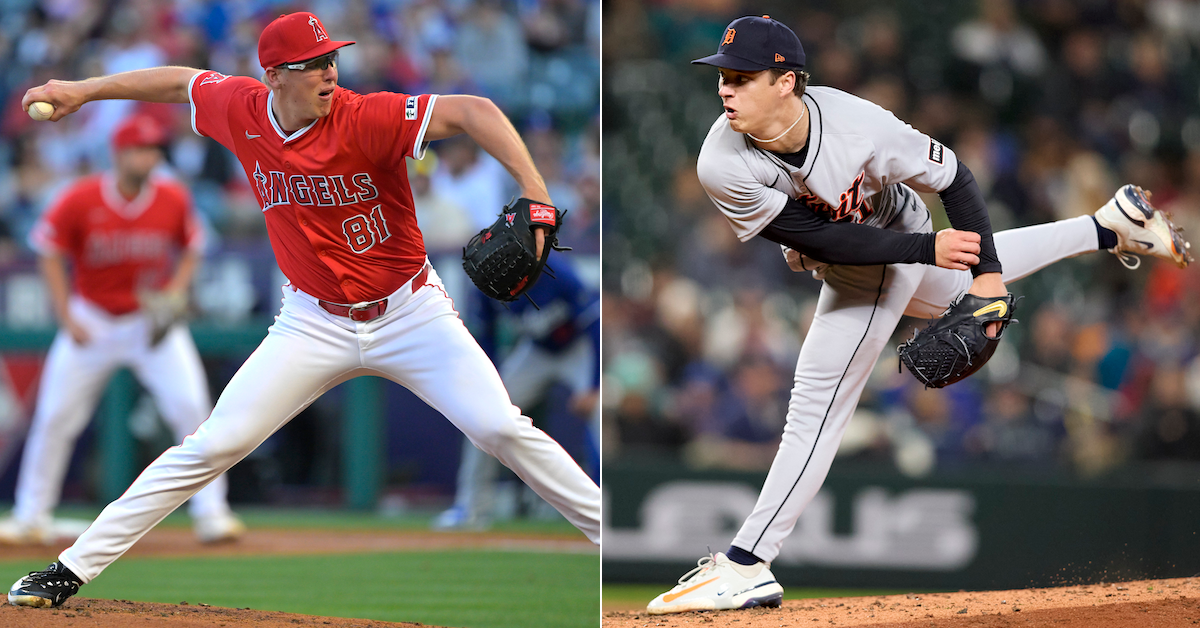Sunday Notes: Spencer Schwellenbach Isn’t Just Throwing the Ball Anymore
Spencer Schwellenbach had just two big-league games under his belt when he was featured here at FanGraphs early last June. The most recent of them had come a few days earlier at Fenway Park, where he’d allowed six runs and failed to get out of the fifth inning. Two starts into his career, the Atlanta Braves right-hander was 0-2 with an 8.38 ERA.
Those initial speed bumps quickly became a thing of the past. Schwellenbach allowed three runs over his next two outings, and by season’s end he had made 21 appearances and logged a 3.35 ERA and a 3.29 FIP. Counting this years’s 10 starts, the 24-year-old Saginaw, Michigan native has a 3.41 ERA and a 3.41 FIP over 185 innings. Moreover, he has a 23.5% strikeout rate and just a 4.7% walk rate. Relentlessly attacking the zone with a six-pitch mix, Schwellenbach has firmly established himself as a cog in Atlanta’s rotation.
On the eve of his returning to the mound in Boston last Sunday, I asked the 2021 second-round pick out of the University of Nebraska what has changed in the 11-plus months since we first spoke.
“Honestly, when we talked last year I was just throwing the ball to the catcher,” claimed Schwellenbach, who was a shortstop in his first two collegiate seasons and then a shortstop/closer as a junior. “It was really only my second year as just a pitcher, so I was very young-minded with how I pitched. Now that I’ve got 30 or so starts, I have an idea of what I’m trying to do out there. Being around guys like Max Fried, Charlie Morton, and Chris Sale last year was obviously big, too. I learned a lot from them, as well as from [pitching coach] Rick Kranitz.”
Morton, who is now with the Baltimore Orioles, helped him improve the quality of his curveball. Their mid-season conversation was the genesis of a more efficient grip. Read the rest of this entry »

